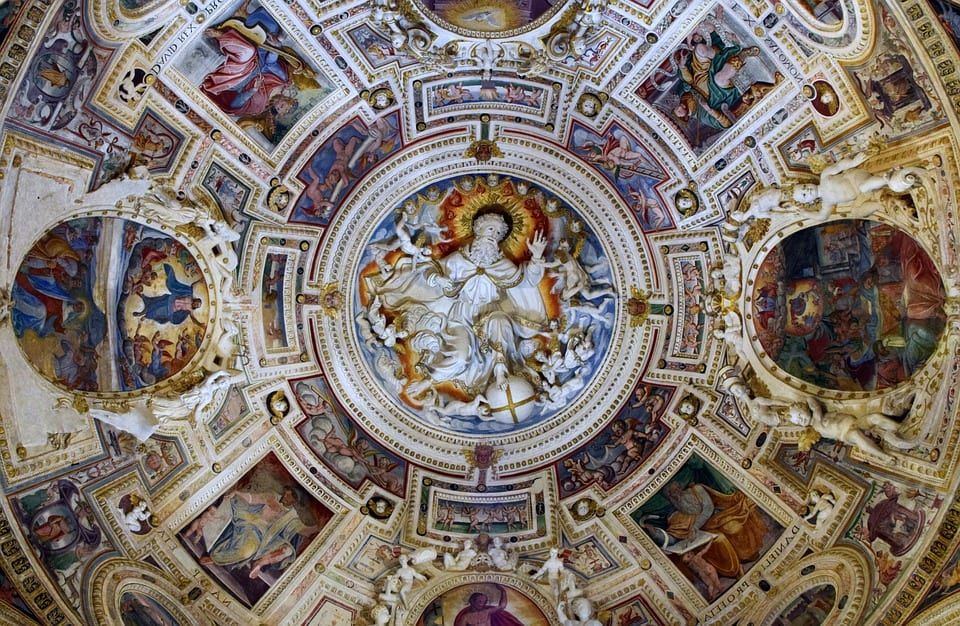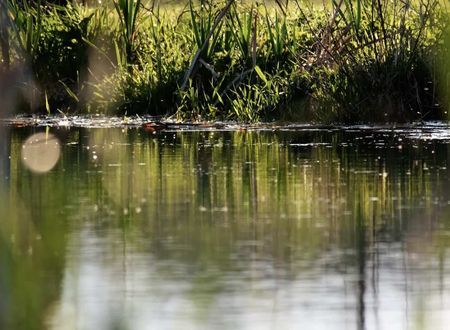The phrase “Brain Over Brawn” is a highly ubiquitous term tossed around in modern and ancient media. From the outstretches of the legendary David and Goliath, to a representation as elementary as the crafty ingenuity of Jerry evading his feline opponent, intelligence has dominated folklores in a span of cultures and centuries. One of such is prevalent in the conquest of Constantinople under Sultan Mehmed II against Emperor Constantine XI of the Roman Empire.
Mehmed II, or “Mehmed the Conqueror” was a young and ambitious ruler, whose caricature was comparable to that of Alexander the Great. Fluent in five languages and trained in the arts of war, Mehmed II would never allow his age to cripple his supremacy as a sultan. Despite the warnings of his viziers and advisors, he seized only one crystal-clear objective for the empire: to capture the coveted city of Constantinople. Today, the city is best known as Istanbul.
Constantinople was unique as it served as the crossroads of the Eastern and Western civilisations. Slit between the Mediterranean, amongst the Bosphorus River, Constantinople was a gem of the Eastern Roman Empire. Her emperor and namesake, Constantine Palaiologos XI, would fall in history as one of the last rulers to hold the reins of the 507 year old empire. Conquering the city was a status of power and essentially domination of the civilised world. Attacks were attempted twenty three times, all to no avail. The five layers of wall and moat stood intact. This thirst for power allured Mehmed II; a thirst that would linger at his mind for ten years.
The first hurdle to cross were the walls, stretching at 12 meters. To take them down, Mehmed II employed the Hungarian engineer Orban to construct a high caliber cannon Basilica. For months, Mehmed would launch up to sixty cannonballs to the walls at once. The walls, however, sustained the damage and stood tall.
There was a weakness to the city: the Golden Horn. The estuary diverged from the path of the Bosphorus and snuck behind the columns of the city, where fortifications were weak. If the Ottomans were to flank the Romans and concentrate their fire at the walls overseen the Golden Horn, success was probable.
Yet the Ottoman Empire was not well known for their navy, and the Romans were aware of this underbelly as much as them. The Roman navy, alongside Giustiniani and his Geonease regiment, set a naval barrier at the divergence of the river. There was no way the Ottomans could sail through it. The morale of the Ottoman army began to falter as whispers of spies and deception spun within the barracks. Mehmed loomed over the maps, deep in thought. How could they possibly outwit the Romans and set the navy on the Golden Horn? His eyes traced the stretch of land across Genoa. Suppose the navy traversed over the land and slid to the waters behind the city?
As ambitious and ridiculous it seemed to take sixty warships across land, Mehmed was confident in his approach. With the help of the local Genoan settlement overlooking the stretch of land, the Ottomans paved a path through the forestry leading to the shore. Next, the men hauled the ships uphill. across the land, dragging them by hand and oxen. The boats were fixed over logs and wheels, and were slid downhill to land on the waters. Astonishingly, under the cover of the forests, the Romans could never spot the ships. One can only imagine Emperor Constantine’s shock and awe when scouts rushed to him claiming that the Ottomans flanked them to the Golden Horn. A swarm of the empire’s sails and colours were illuminated in the dark. It is said that on that fateful night, the moon glowed crimson more passionately than ever.
***
While most of us in the modern world do not concern ourselves with invading opposing empires, we share common sets of problems in our day to day lives. They say that to think outside the box for the most ingenious and creative solution is the best approach. Applying limitations to innovation often breeds the most efficient and effective solutions. Mehmed pondered on the limitations of penetrating the Roman navy until he discovered that he didn’t need to remain shackled to them. Just because it was a ship didn’t necessarily mean they must remain in the water. In our culture of convenience and consumer-first, businesses and entrepreneurs are hunting to transform inconvenience into innovation. Features as narrow as the Constantinople walls may initially seem as the right course of action, yet it is only when you step back and bask in the situation as whole when you begin to discover the minute crevasses.









Comments & Discussion
13 COMMENTS
Please login to read members' comments and participate in the discussion.